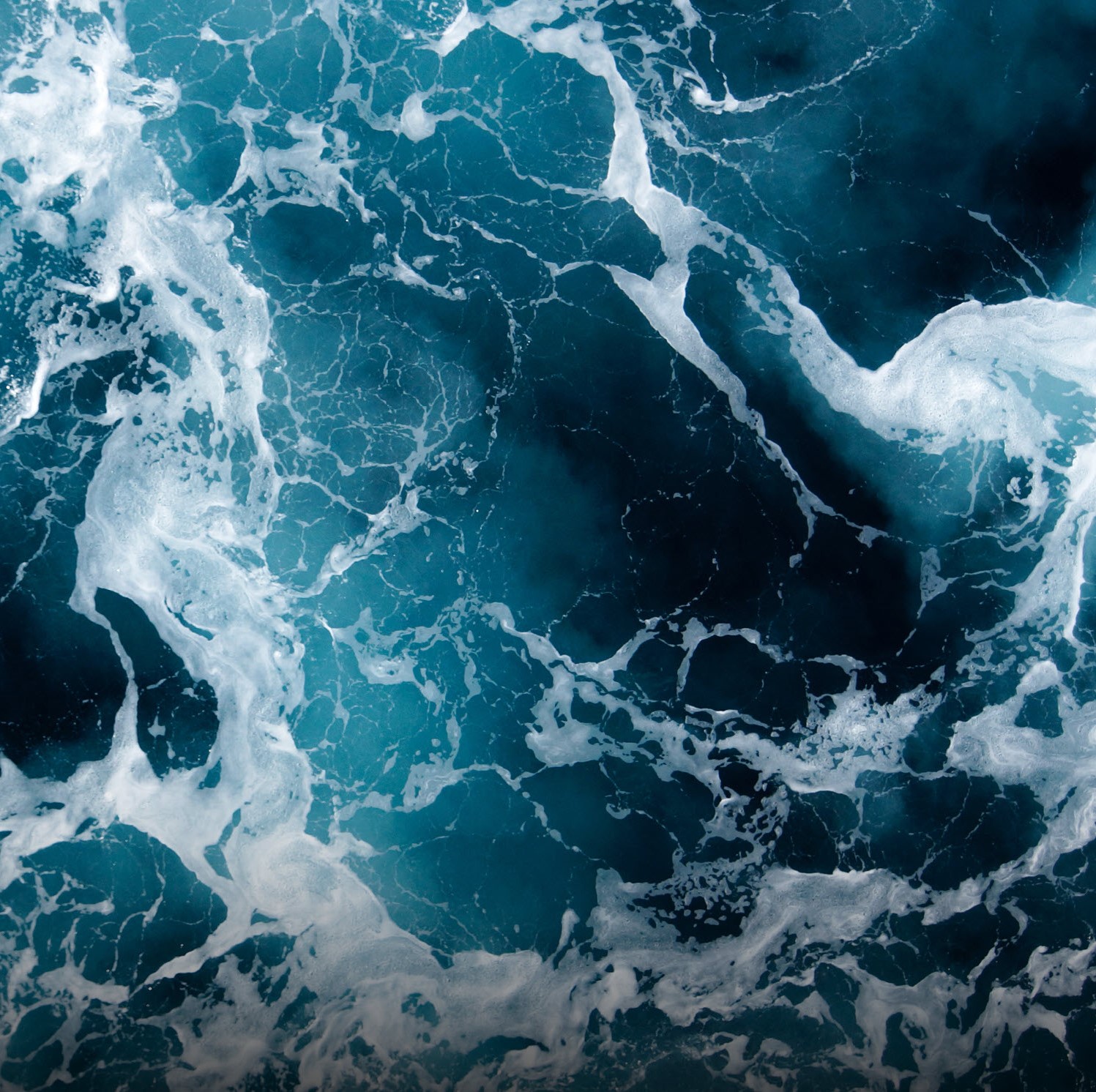JW
John Williams
Honors & Awards
Edward A. Flinn III Award
Received December 2022
Citation
Two decades before the advent of hydrogeophysics sessions and the
Near-Surface Geophysics section at AGU, the (now former) U.S. Geological
Survey Hydrogeophysics Branch (HGB) was instrumental in demonstrating
the significance of geophysical methods in hydrologic investigation from
surface, subsurface and airborne platforms. Over the last ~30 years,
the group has pioneered demonstrations of many new technologies and
demonstrated the application of geophysical information in improving the
understanding of geologic controls on groundwater flow, groundwater
resource mapping and management, contaminant transport, remediation
technologies, and exchanges between groundwater and surface water, among
other areas of fundamental importance.
Of arguably greater significance, however, was their tireless dedication to training and outreach to introduce geophysics into hydrogeologic investigations. These scientists were tireless in developing in-person and online training courses that explored data acquisition as well as data interpretation and the underlying principles used in data interpretation. Additionally, their geophysical equipment pool, open to the community, constituted important infrastructure for the hydrogeophysics. Borrowing geophysical equipment from them came with instruction and technical support in data acquisition and interpretation. This work was done selflessly, with senior scientists serving in support roles often without direct involvement in authorship on scientific products. These scientists also developed publicly available software tools that more easily facilitated data interpretation (e.g., for vertical temperature profiles, fiber-optic distributed temperature sensing data and flowmeter logs) and have developed decision support software to assist users in identifying the most appropriate geophysical tools to be applied for given hydrogeologic conditions. Benefits of their training and outreach have extended internationally.
These scientists sacrificed personal productivity to change the paradigm by which water resources investigations were conducted. They were responsible for making geophysical investigations an integral component in water resources investigations — within the USGS and other federal agencies, academic and research institutions, and the private sector, including engineering companies and geophysical equipment vendors.
Under USGS reorganization, the branch ceased to exist in 2022, but its impact over the past almost three decades of its existence perfectly exemplifies the criteria for the Flinn Award. Specifically, I would like to commend John W. Lane, Carole Johnson, John Williams, Cian Dawson, and Marty Briggs for the remarkable outreach activities of the USGS HGB over the past decades. This group has long played an outsized role in the hydrogeophysics community, and it is no exaggeration to say that the field as we know it might have looked really different without their selfless leadership.
— Kamini Singha
Colorado School of Mines
Golden, Colorado
Of arguably greater significance, however, was their tireless dedication to training and outreach to introduce geophysics into hydrogeologic investigations. These scientists were tireless in developing in-person and online training courses that explored data acquisition as well as data interpretation and the underlying principles used in data interpretation. Additionally, their geophysical equipment pool, open to the community, constituted important infrastructure for the hydrogeophysics. Borrowing geophysical equipment from them came with instruction and technical support in data acquisition and interpretation. This work was done selflessly, with senior scientists serving in support roles often without direct involvement in authorship on scientific products. These scientists also developed publicly available software tools that more easily facilitated data interpretation (e.g., for vertical temperature profiles, fiber-optic distributed temperature sensing data and flowmeter logs) and have developed decision support software to assist users in identifying the most appropriate geophysical tools to be applied for given hydrogeologic conditions. Benefits of their training and outreach have extended internationally.
These scientists sacrificed personal productivity to change the paradigm by which water resources investigations were conducted. They were responsible for making geophysical investigations an integral component in water resources investigations — within the USGS and other federal agencies, academic and research institutions, and the private sector, including engineering companies and geophysical equipment vendors.
Under USGS reorganization, the branch ceased to exist in 2022, but its impact over the past almost three decades of its existence perfectly exemplifies the criteria for the Flinn Award. Specifically, I would like to commend John W. Lane, Carole Johnson, John Williams, Cian Dawson, and Marty Briggs for the remarkable outreach activities of the USGS HGB over the past decades. This group has long played an outsized role in the hydrogeophysics community, and it is no exaggeration to say that the field as we know it might have looked really different without their selfless leadership.
— Kamini Singha
Colorado School of Mines
Golden, Colorado
See Details
Close Details
Publications
AGU Abstracts
The US Geological Survey Next Generation Water Observing System approach to multiscale hydrogeophysical monitoring in the Delaware River Basin
ADVANCES IN GEOPHYSICS FOR CRITICAL ZONE, VADOSE ZONE, AND SOIL PROCESSES II POSTER
near surface geophysics | 11 december 2024
Martin A. Briggs, Brian A. Pellerin, Chris Gazoori...
Long-term, spatially intensive catchment science has greatly advanced hydrologic understanding for a range of management relevant processes. However, ...
View Abstract
Check out all of John Williams’s AGU Research!
View All Research Now


